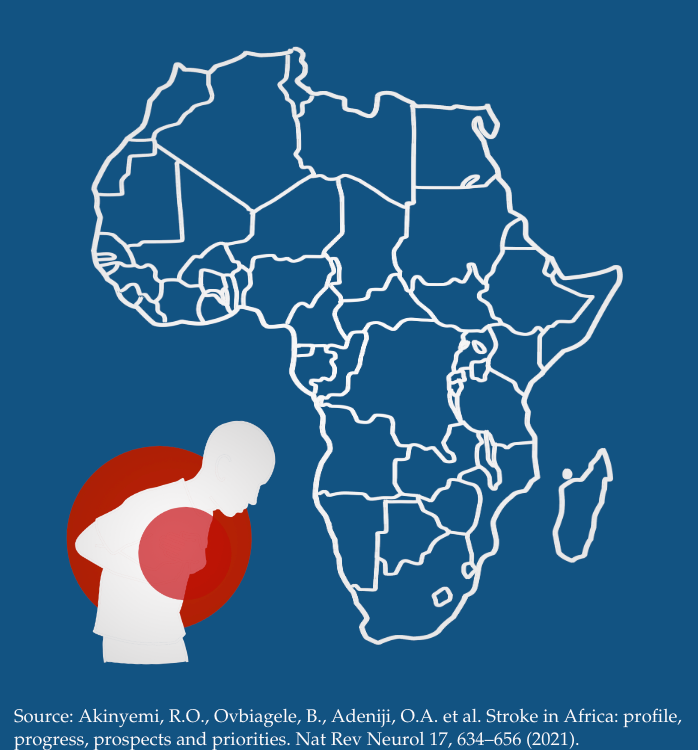The Common Denominators of Administrative Data and Official Statistics
Miss the earlier post in this series? Check out the introductory post, Understanding National Data Ecosystems, before reading more!
What does “fit-for-purpose” data actually mean?
It depends: on who you ask, and what decision is at stake. For governments and development partners – particularly those who rely on data from country systems for program planning and management – much frustration came from perceived redundancies in statistical and administrative data systems.
Strengths and Limitations of Statistics
Overall, interviewees expressed confidence in statistical data, which are produced or overseen by National Statistical Offices (NSOs). However, serious barriers to the usefulness of statistical data for programmatic decisions included:
- poor timeliness;
- limited disaggregation – by sex, age, location, ethnicity, and disability status; and
- incomplete access to machine-readable microdata.
As city and municipal interviewees pointed out, survey data disaggregated by region – oftentimes two or more administrative levels above – are not useful for local planning purposes.
Much of this frustration is inherent in how statistical data are collected. Statistics are often based on a representative sample, which is used to make population-wide generalizations. Collecting and publishing hyper-local statistical information – dis-aggregatable across 1,500+ Philippine cities and municipalities, for example – would require significantly more financial, time, and human resource investment in data collection and processing. In many countries, the decennial population census consumes 10-15% of the NSOs operating budget for the decade – underscoring the financial infeasibility of frequent, disaggregated statistics.
In some contexts, a secondary concern lies with the politicization of statistics, which can result in direct interference or under-resourcing. Increased investment in NSOs – to ensure they are able to remain independent government entities, provided the appropriate human, technical, and financial resources, and empowered with appropriate legal authority to coordinate National Statistical Systems – is vital.
The Missing Middle in Administrative Data
Yet human development inequities, and subnational governance responsibilities, often require more timely and disaggregated data than official statistics can provide. Administrative data systems are a potential resource that can complement official statistics, addressing some of data timeliness and disaggregation gaps. For example, when used with a statistical denominator, administrative data from ministries of health can provide more accurate picture of disease rates. However, many expressed serious concerns with administrative data quality.
In contrast with statistical information – for which interviewees could typically pinpoint specific methodological or political issues impacting data quality – there was generally not a clear understanding of how to systematically assess the quality of available administrative data.
In most cases, service delivery workers are mandated to report administrative data at the facility or local levels: teachers are expected to report student attendance in education management information systems (EMIS), doctors and nurses in health management information systems (HMIS), etc. Common challenges to this type of data collection include infrastructure (connectivity, technology), and – more importantly – local staff incentives and trade-offs of dedicating time to such reporting.
But we frequently found that custodial data agencies often did not perceive their own data quality as a concern. This mismatch between administrative data user trust and custodial perceptions contributed to a pessimism regarding the usefulness of data in decision-making.
|
In many cases, there was some consensus that NSOs or National Planning Commissions should serve as administrative data quality overseers. However, in many contexts such a role is beyond either agency’s mandate. Even with a fully elaborated framework, limitations in NSO legal mandates – and the financial resources and staff skill sets needed to conduct data quality assurance – make achieving such centralized, top-down data quality a challenge.
So – are there systemic opportunities to increase the quality and trust in administrative data? Stay tuned for our next post, where we explore opportunities for greater quality and trust – provided we get the incentives right.
Over the past two years, Development Gateway (DG) worked across seven countries and two regions to support the roll-out of UNICEF’s Data for Children Strategic Framework. This work included developing country ecosystem diagnostics and strategic action plans for UNICEF Country Offices in Myanmar, Papua New Guinea, Philippines, Thailand, Viet Nam, Lesotho, and Ethiopia; and for the UNICEF East Asia and Pacific Regional Office. Development Gateway holds long-term agreement with UNICEF to continue this work around the world.
Share This Post
Related from our library

Demystifying interoperability: Key takeaways from our new white paper
This blog post gives an overview on our latest paper on interoperability, implementing interoperable solutions in partnership with public administrations. Based on over 20 years of DG’s experience, the paper demystifies key components needed to build robust, resilient, and interoperable data systems, focusing on the “how” of data standardization, data governance, and implementing technical infrastructure.

More Smoke, More Stroke
In honor of this year’s World Stroke Day, observed annually on October 29th, this piece aims to raise awareness of the substantial burden of non-communicable diseases–particularly stroke incidents–using the case study of Nigeria, one of the main tobacco production hubs on the continent, in addition to Kenya.

Healthy Farming, Healthy Planet: The Environmental Case Against Tobacco Farming
While all agriculture has an environmental impact, tobacco is unique in that every stage of the tobacco lifecycle–from the production and consumption of tobacco to farming and disposal of the final product–wreaks havoc on the environment. In this piece, we’ll introduce the lifecycle of producing and using tobacco and explore the requisite environmental impact.